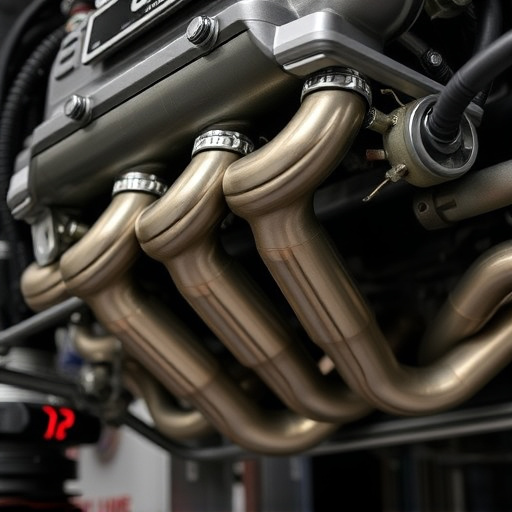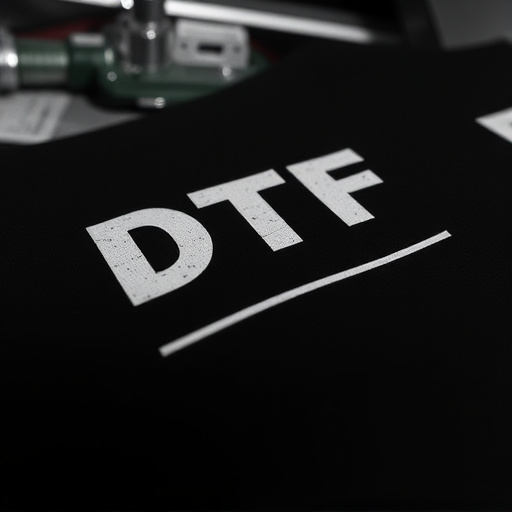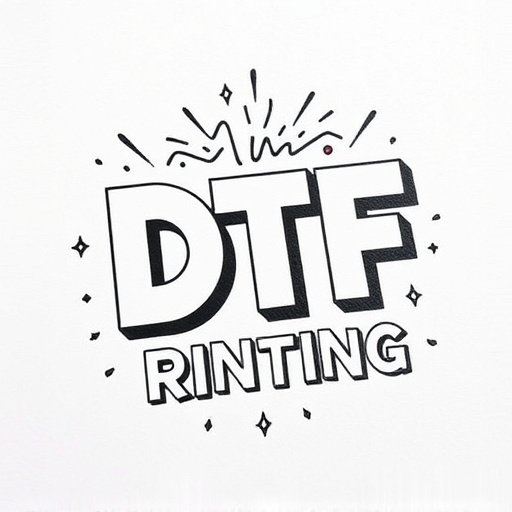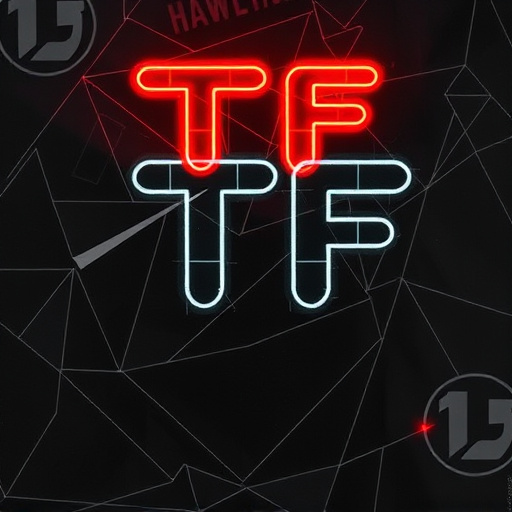DTF Transfer Sheets (Direct to Fabric) streamline printing for professionals and hobbyists by eliminating complex setup. They simplify design transfer for diverse applications, from apparel to signage, through user-friendly online ordering and versatile printing capabilities. Before application, prepare your workspace and gather essential materials like transfer sheets, inks, rollers, and protective gear. The simple application process involves cleaning, setting heat press temperature and pressure, aligning the transfer sheet, pressing, and peeling. This method yields high-quality, vibrant designs suitable for various projects and settings.
“Discover the power of DTF Transfer Sheets—a game-changing tool in any DIY enthusiast’s arsenal. This step-by-step guide unravels the benefits of these innovative sheets, ideal for transforming various surfaces. From preparing your workspace to expert application tips, we’ll navigate you through the process. Learn how DTF Transfer Sheets can enhance your projects, offering vibrant, durable results with minimal effort. By the end, you’ll be equipped to create stunning designs on a variety of materials.”
- Understanding DTF Transfer Sheets: What They Are and Their Benefits
- Preparing Your Workarea and Materials for Application
- Applying the DTF Transfer Sheets: Step-by-Step Instructions and Tips
Understanding DTF Transfer Sheets: What They Are and Their Benefits

DTF Transfer Sheets, or Direct to Fabric (DTF) printing sheets, are a revolutionary tool in the textile industry. They allow for precise and efficient transfer of designs directly onto various fabrics, enabling both professional printers and hobbyists to create high-quality prints with minimal effort. These sheets offer numerous benefits over traditional printing methods. For instance, they streamline the printing process by eliminating the need for intricate setup and screen preparation, making them an attractive option for custom apparel, home decor, and even signage.
Moreover, DTF Transfer Sheets cater to a wide range of applications. With the ability to print in various sizes, from small prototypes to large-scale productions, they are suitable for both personal projects and commercial endeavors. Online ordering platforms have made it easier than ever to source these sheets, while the printing process itself is designed to be user-friendly, ensuring that anyone can achieve professional results at home or in a studio setting.
Preparing Your Workarea and Materials for Application
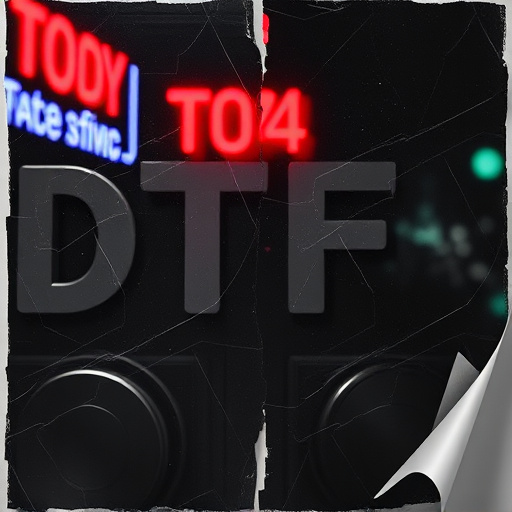
Before applying DTF Transfer Sheets, preparing your work area and gathering the necessary materials is a crucial step to ensure optimal results. Start by clearing a spacious, well-lit workspace where you can comfortably lay out all your components. This includes setting up your printing press or press machine, ensuring it’s clean and calibrated accurately for precise DTF print quality.
Gather all required materials such as the DTF transfer sheets, inks compatible with direct to film transfers, applicator rollers, and protective gear like gloves. Ensure your workspace is organized with these essentials readily available to streamline the application process. Once prepared, you’ll be ready to commence the meticulous process of applying these high-quality DTF transfers, which are designed to be ready to press, revolutionizing your printing experience.
Applying the DTF Transfer Sheets: Step-by-Step Instructions and Tips
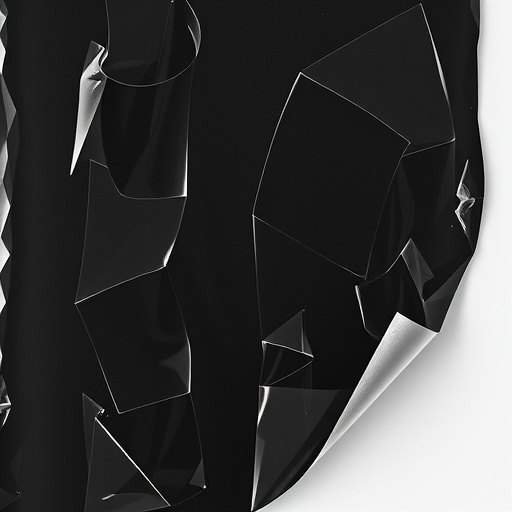
Applying DTF Transfer Sheets is a straightforward process that allows you to create high-quality, vibrant designs with ease. Start by ensuring your work area is clean and well-lit. Next, prepare your heat press machine according to the manufacturer’s guidelines, setting it to the appropriate temperature and pressure for DTF application, typically around 350°F (175°C) and 4-6 bars of pressure. Place the transfer sheet face-down on a flat surface, aligning it carefully with the design you intend to apply. Using a clean, dry cloth or squeegee, gently press down on the sheet to make sure there is full contact with the substrate.
Move your heat press onto the substrate, ensuring the design aligns perfectly. Apply even pressure for about 30-45 seconds, depending on your material and heat press settings. Once the time is up, carefully remove the heat press and let the transfer cool down slightly before peeling back the sheet. Begin at one corner of the design, lifting the sheet slowly to avoid smudging or damaging the print. If needed, use a hairdryer on a low setting to help loosen any remaining adhesive. Your vibrant design should now be securely transferred to your substrate, ready for display or further customization.
DTF Transfer Sheets are a versatile and efficient tool for various DIY and professional applications. By following this step-by-step guide, you’ve now learned how to prepare, apply, and reap the benefits of these innovative sheets. Whether for decorating, crafting, or industrial use, DTF Transfer Sheets offer precision, speed, and enhanced design potential. With practice, you’ll master the art of applying these sheets, unlocking a world of creative possibilities.







